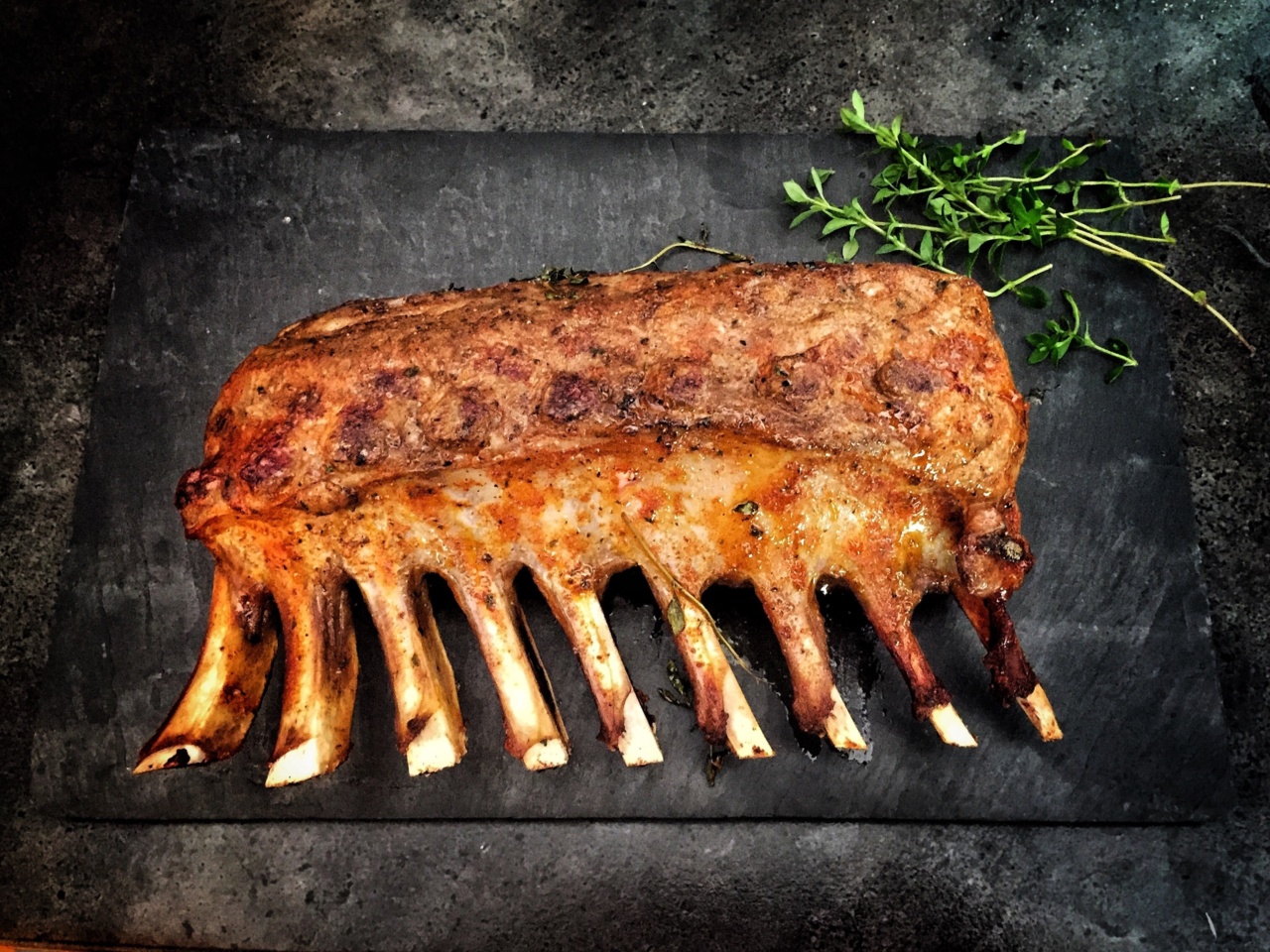Steak is a popular dish loved by many around the world. From juicy rib-eyes to tender filets, there’s nothing quite like sinking your teeth into a perfectly seasoned and cooked piece of meat.
However, while steak may be a carnivore’s paradise, there’s something lurking in your favorite cut that you might not be aware of – a potential health threat.
The hidden danger in your steak
Many people enjoy their steaks cooked to perfection, often opting for a juicy medium-rare or even a rare finish. However, consuming undercooked or raw meat can expose you to a dangerous bacteria known as Escherichia coli, also known as E. coli.
Understanding E. coli
E. coli is a type of bacteria commonly found in the intestines of animals, including cattle. While most strains of E. coli are harmless, some can cause severe illnesses in humans when ingested. These harmful strains are known as Shiga toxin-producing E.
coli (STEC) and are responsible for numerous foodborne outbreaks each year.
How does E. coli contaminate steak?
Contamination of steak with E. coli occurs primarily during the slaughtering and processing of the animal. If the meat comes into contact with the bacteria from the animal’s intestines or feces, it can lead to contamination.
This is why it’s essential to handle and cook steak properly to eliminate any potential risk.
Symptoms of E. coli infection
If you consume undercooked or contaminated steak, you may experience symptoms associated with E. coli infection. These symptoms can vary but typically include:.
- Severe abdominal cramps
- Watery or bloody diarrhea
- Nausea and vomiting
- Fever
- Loss of appetite
In some cases, E. coli infections can lead to more severe complications, such as kidney failure or even death. It’s crucial to be aware of the potential risks associated with undercooked or contaminated steak and take necessary precautions.
Protecting yourself from E. coli
There are some essential steps you can take to reduce the risk of E. coli infection from your steak:.
- Choose reputable sources: Purchase your steak from reputable and reliable sources, such as trusted butcher shops or grocery stores with high food safety standards.
- Proper storage: Ensure that your steak is stored at a safe temperature to prevent bacterial growth. Keep it refrigerated at or below 40°F (4°C) until you’re ready to cook it.
- Thorough cooking: Cook your steak thoroughly to kill any potential bacteria. The FDA recommends cooking steak to a minimum internal temperature of 145°F (63°C) for medium-rare and 160°F (71°C) for medium, using a food thermometer to ensure accuracy.
- Prevent cross-contamination: Avoid cross-contamination by using separate cutting boards and utensils for raw meat and other foods. Wash your hands thoroughly after handling raw steak.
- Regular hand hygiene: Practicing good hand hygiene by washing your hands with soap and water before and after handling raw meat can help prevent the spread of bacteria.
Is rare or medium-rare steak safe to eat?
Many steak enthusiasts wonder if it’s safe to indulge in a rare or medium-rare steak. While the risk of E. coli contamination exists, cooking steak to at least medium-rare can significantly reduce the potential danger.
The high heat involved in cooking kills most harmful bacteria, making the steak safer to eat.
However, it’s important to note that everyone’s tolerance to risk varies.
If you’re part of a vulnerable population, such as young children, pregnant women, older adults, or individuals with compromised immune systems, it’s advisable to err on the side of caution and cook steak to well-done to minimize any potential health risks.
When to seek medical attention
If you experience symptoms such as severe or persistent diarrhea, bloody stools, intense abdominal pain, or a high fever after consuming undercooked or contaminated steak, it’s crucial to seek medical attention.
A healthcare professional can diagnose and treat any potential E. coli infection promptly.
Conclusion
While steak is a delicious treat enjoyed by many, it’s important to be aware of the potential health risks associated with consuming undercooked or contaminated meat. E.
coli, a dangerous bacteria, can be present and cause severe illness if precautions are not taken. By understanding how E. coli contaminates steak and following proper food safety practices, you can continue to savor your ideal steak cooked to perfection without compromising your health.




























